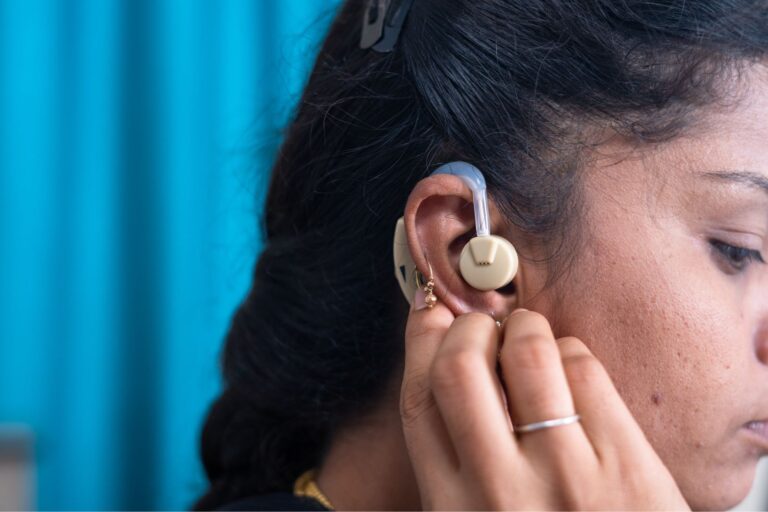Objectives and Key Components The campaign’s primary objective is to ensure universal accessibility for persons with disabilities, focusing on three main areas: built environment accessibility, transportation system accessibility, and information & communication ecosystem accessibility. These components target the removal of physical barriers in public and private spaces, ensuring accessible transportation, and facilitating the availability of information in accessible formats.
Budget and Funding The Accessible India Campaign operates under the Scheme for Implementation of Persons with Disability Act (SIPDA). In the financial year 2019-20, ₹134.19 crore was allocated, highlighting the government’s commitment despite budgetary constraints. However, the COVID-19 pandemic impacted the fund’s allocation, reducing it to ₹54.03 crore in 2020-21.
Implementation and Challenges The campaign’s implementation involves a multi-pronged strategy, including leadership endorsements, mass awareness, capacity building through workshops, legal and technological interventions, and public-private partnerships. Despite these efforts, the campaign has faced challenges, such as slow progress in making buildings accessible and limited resources.
Impact and Comparison with International Standards The campaign aligns with international standards set by the UN Convention on the Rights of Persons with Disabilities. It has made significant strides, particularly through initiatives like Innovate for Accessible India, which leverages technology to bridge gaps in services for people with disabilities. However, the pace of implementation and the extent of its impact vary.
Role of Stakeholders and Technology Integration The campaign’s success hinges on the active participation of various stakeholders, including government departments, NGOs, and the private sector. The integration of technology, particularly through partnerships with organizations like Microsoft, has been a key factor in advancing the campaign’s objectives.
Future Prospects and Societal Impact As the campaign approaches its seventh anniversary, its influence on society and culture is evident. It has fostered a more inclusive environment and raised awareness about the needs and rights of persons with disabilities. The campaign’s future prospects look promising, especially with the introduction of revised guidelines for universal accessibility.
Conclusion The Accessible India Campaign marks a significant step towards building an inclusive society in India. While there are challenges and areas for improvement, the campaign’s comprehensive approach and alignment with international standards set a strong foundation for future progress.
Resources:


